It has been some time since I last reviewed Springbank 10 year (see my old review here), and since the packaging has changed in the meantime I thought I’d give it another go. I think it’s valuable, once in awhile, to revisit whiskies from your past. They may have changed, true, but YOU may also have changed. Tastes evolve, as does your perception, both subjectively (ability to compare to a wider range of experiences) and objectively (improved ability to interpret sensory inputs).
I also now know, thanks to a reader, that Springbank is in an odd category of single malts: products whose US importer heaps on an unreasonable markup. A 700ml bottle of Springbank 10 ran me $46 US after currency exchange rates when ordered from the UK (plus a whole lot in shipping, but it was in a large batch of orders, so that spread out the cost a bit). A 750ml bottle of the US edition of Springbank 10 runs $69 at my local store. Ordering Springbank, specifically, from the UK is a no-brainer… 50 fewer milliliters notwithstanding.
Springbank 10 is classic stuff. Aged 10 years (It even says it on the bottle! How old-fashioned!), not chill-filtered and bottled at 46% ABV without artificial coloring. Springbank does things the “old way” and is unapologetic about it. On-site floor maltings, worm tubs, and even (some) direct-fired stills. They also do a crazy “2.8-time” distillation and the malt is partially peated. Why? Because that’s how they’ve always done it. These days with all of the marketing and media stunts, all of the computerization and homogenization, and the false grasping at “tradition” and “legacy” as though they were solely corporate buzzwords and not the valuable result of actual time and actual effort, it’s nice to be able to enjoy whisky made this way. Here’s hoping it continues to last.
Nose: Green apple, lime juice, juicy green pear. Delectable, but with limited peat presence.
Palate: Thin but silky body. Mild tongue burn. Drying vegetal (grassy) tannins with a bit of resinous (piney) peat. The overall impression is still fruity. Some charcoal.
Finish: A lot of charcoal, but not too bitter. Green apple skins. Cucumber water. Fades quickly, but lingers with that pine-flecked peat.
With Water: A few drops of water brighten up the aroma but don’t add anything new. Palate texture is unaffected, although the burn is tamed. Water optional.
Overall: A very tasty, mild-peated malt with a surprising amount of fruit. Very well-balanced. I wish other single malts had this kind of balance and quality at 10 years of age.


About The Distillery
Springbank is a composite of rarities. It is one of the very few distilleries that performs the entire distillation process from malting on-site (its own floor maltings) to bottling in its private bottling plant. In fact, it is the only fully self-sufficient distillery in Scotland. Located in Campbeltown on the lyrical Mull of Kintyre, it is also one of the few surviving distilleries (of three, with Glen Scotia and Glengyle) from a once-great region of Scotch distillation. In 1887 there were 21 distilleries in Campbeltown, and it was sometimes called “The Whisky City.” Hard times and a self-perpetrated degradation in quality (and thence, reputation) during the American period of Prohibition scoured the region, putting most distillers out of business.Springbank claims that hand-turned floor maltings (as opposed to pneumatic or machine-aerated commercial maltings), while labor-intensive, yield a malt that is better because it germinates more slowly. The distillery uses traditional worm tubs, a cast-iron mash tun, and employs mechanical ‘rummagers’ (to prevent a buildup of burnt deposits) in the copper stills, which are heated with a combination of steam and direct oil fire. Springbank uses three stills to create a 2.8-time (not triple) distillation. Now hold on, because this math is tricky: The first “wash” distillation produces so-called “low wines”, which are around 20% alcohol. A second distillation produces an intermediate distillate, which is in the neighborhood of 35% alcohol. A third still is charged with a solution of 80% of this double-distillate and 20% of the “low wines,” and a third distillation is performed. Thus, in the final spirit, around 80% of the volume has been triple-distilled, while around 20% of the volume has been double-distilled. Hence, 2.8x distillation. Phew! For a fantastic and in-depth guided tour of Springbank distillery, be sure to check out Ralfy’s visit (scroll down).
Springbank also makes Longrow (a peated malt) and (new in 2006) Hazelburn (unpeated, truly triple-distilled). These, along with the distillery’s flagship Springbank bottlings, are all non-chill-filtered, have no caramel coloring, and are reduced to bottling strength on-site with the same water used to produce the whisky. The water, like all Campbeltown whiskies, comes from the Crosshill Loch in the hills above the town, and is supplemented by a private well from a borehole drilled deep into the rock beneath the town. Note that the Springbank “CV” bottling, which is at a similar price-point, is purportedly a vatting of 6, 8, and 12 year-old malts (unverified), from different barrel finishes.
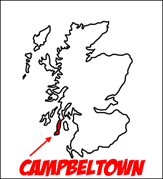


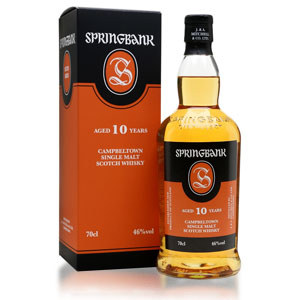

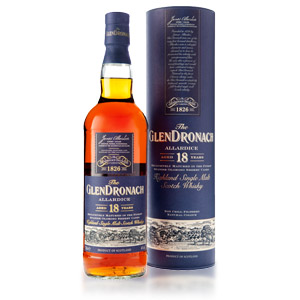
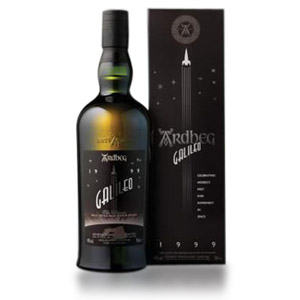
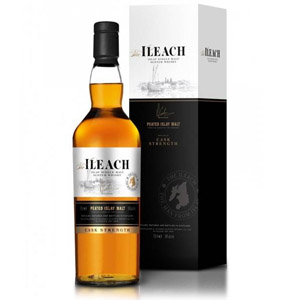

This is one of my favorite whiskies. I agree with all of your tasting notes, and for what it’s worth I always get a hint of orange with it. I get this for $56 at a Fine Wine and Spirtits in Long Island which I think is a great price compared to what the local small stores sell it for. As I’m typing this I’m enjoying a glass of Kilkerran 12, another Campbeltown malt. I bought it at the same store for two dollars less. I wanted to try it because of how much I like Springbank. The jury’s still out, but so far I think I like Springbank better, which is not to say that it’s bad in any way. I’m curious if you’ve ever had Kilkerran, and if so what you think about it.
I have not had the Kilkerran (aka Glengyle) yet. Thanks for the note!
I read somewhere that Springbank owns the Glengyle distillery, but had to call the malt something different because Glen Scotia owns the Glengyle name.
yes, when we were on a tour in cambeltown, the guide said that the company wanted an exorbitant sum for the name, Glengyle. This, in addition to the fact that the previously named glengyle is a lower budget blend, with a reputation that would have to be overcome.
https://www.kilkerransinglemalt.com/about/
Looks like another great one to try. For a little while, I was thinking there weren’t a lot more distilleries that interested me in the entry level range, but a few interesting ones have popped up now, like Clynelish 14 (thanks to this blog), Aultmore 12, and Glenfarclas 12. And now Springbank 10 can join the list! It will be the first Cambeltown single malt in the collection.
What’s the bottling date on the springbank 10? Is it the 2018?
2/2/2018, and remember it’s the UK market 700ml version.